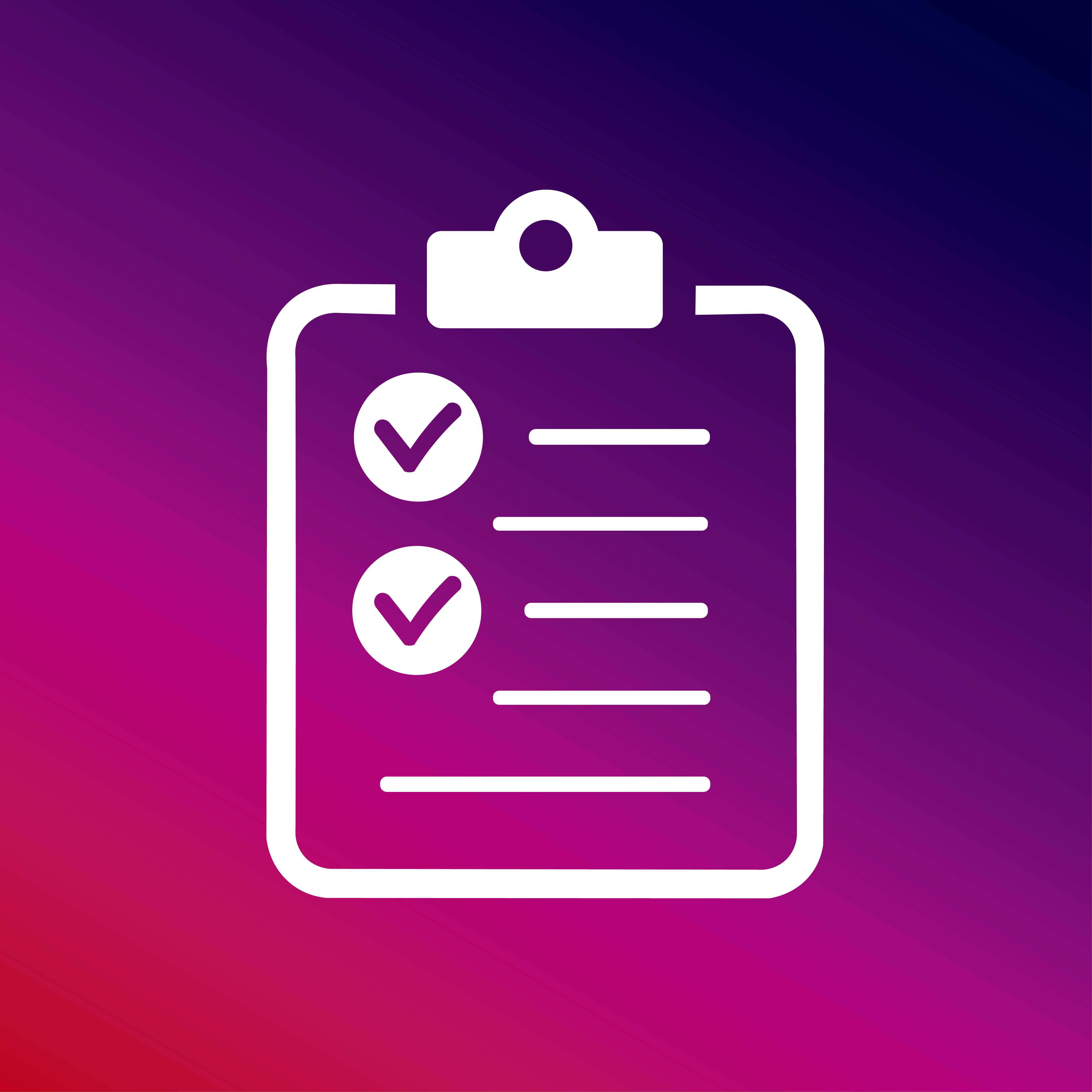4 Project Management Must Haves for Your Next Website Build

Building a website is easier than ever thanks to tools like WordPress, an abundance of sites offering stock photos and no lack of talented freelance designers who can put together custom apps to meet your client's unique needs.
Still, if you don't have a set plan for putting together a high-quality site, expect unnecessary overhead, missed deadlines and unhappy clients.
4 Project Management Plans You Need for a Successful Website Build
For best results, your team should actually utilize four separate plans before beginning on building a website.
1. A Project Plan
This is the most obvious one. Without a project plan, you risk each member having their own idea about what the path forward looks like.
To avoid this inevitability, outline the following before you begin your build:
- A Breakdown of Deliverables - List every single component your client expects from the finished website. This should include everything from purchasing a domain to designing the homepage to creating copy - whatever it is you promised to deliver.
- Team Roles - Once you have the deliverables in place, assign them to team members.
- Milestones - Go through the deliverables and decide the order in which they must be completed. Your client may want to approve certain elements along the way, so make sure you factor in those requirements. Check for other dependencies - what features can't be completed until some other piece is?
2. A Communication Plan
No team can function without effective communication.
So before your team starts working on deliverables, put together a plan for how and when you'll talk with one another. This should include the client. Many do not know how often they should be expecting updates, so don't let them dictate the frequency of your follow-ups.
Your communication plan must outline when members will update the team leader and when team meetings will be held. Generally, updates should be provided at the end of every day and team meetings held after the completion of every major deliverable.
3. A Plan to Defend Against Scope Creep
Plan how you'll manage scope creep or simply accept that it's going to happen and cost your company money.
The first step to this plan is to clearly define the scope of the project. Put it in writing and put it in front of the client. You don't want to later end up in a situation where the client is asking for more work than they paid for because they claim they didn't know certain components weren't included.
To that end, this plan should also include common requests that are out of scope. By showing the client this ahead of time, you make it harder for them to request it later one (at least without paying).
4. A Plan to Record Your Progress
Finally, plan for how you will record the progress of your build. Post-implementation reviews are extremely common in this field, but they're not very useful if there isn't objective data about each step of the project.
The easiest way to record the progress of your build is to write down each milestone and then record:
- Was it reached on time?
- If not, why?
- Significant challenges that either caused a delay or threatened one
Ask for any other relevant notes from each team member involved with any step.
Plan to Remain Flexible and Improve Over Time
Don't have the unrealistic expectation that everything will go as planned the first time you follow the above advice when building a website.
Instead, remain flexible. If you find out your communication plan is lacking, add to it. You will undoubtedly run into problems with scope creep at some point early on. This is why you're recording your progress. Review your results after each build and work to improve your process. Over time, you'll benefit from a streamlined approach that gets you ideal results almost every time.
About the Author
Megan Totka is the Chief Editor for ChamberofCommerce.com, which specializes in helping small businesses grow their business on the Web while facilitating the connectivity between local businesses and more than 7,000 Chambers of Commerce worldwide. Connect with Megan on Twitter and LinkedIn.








